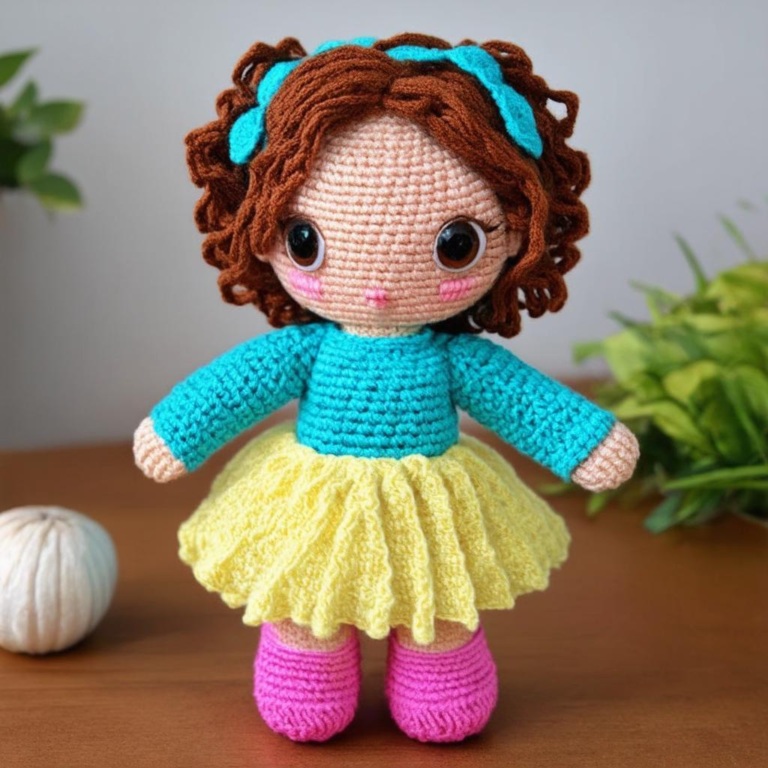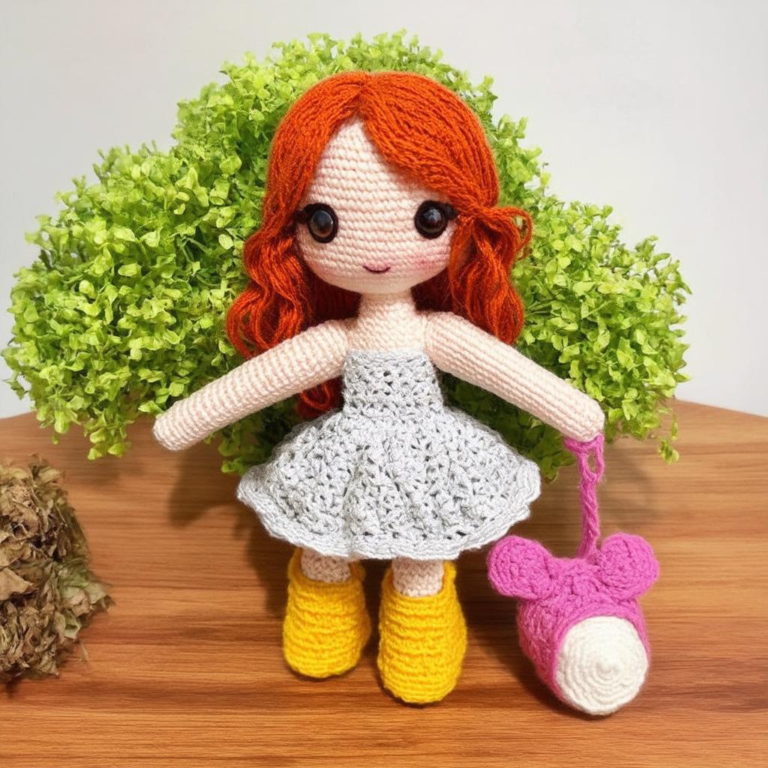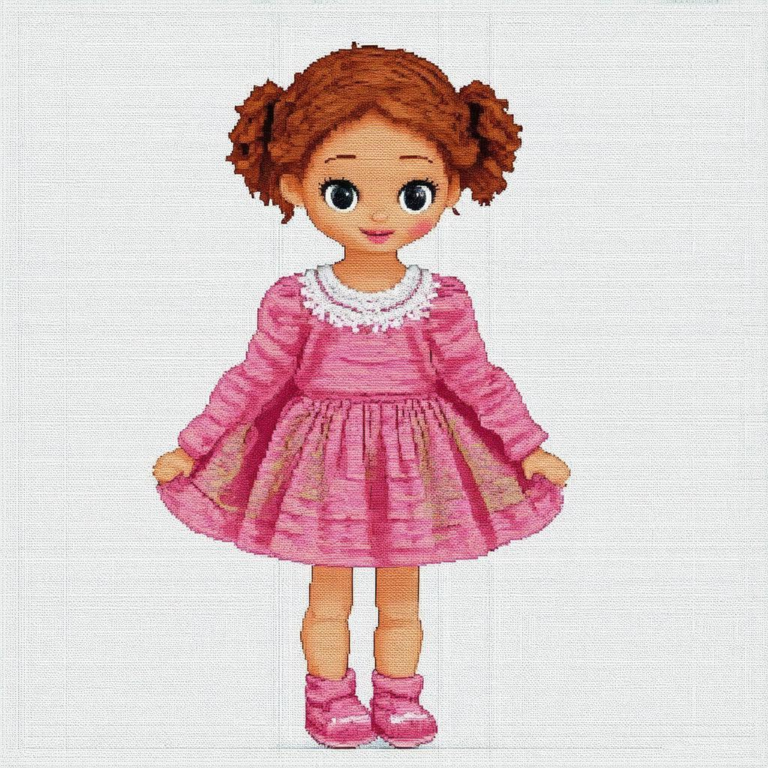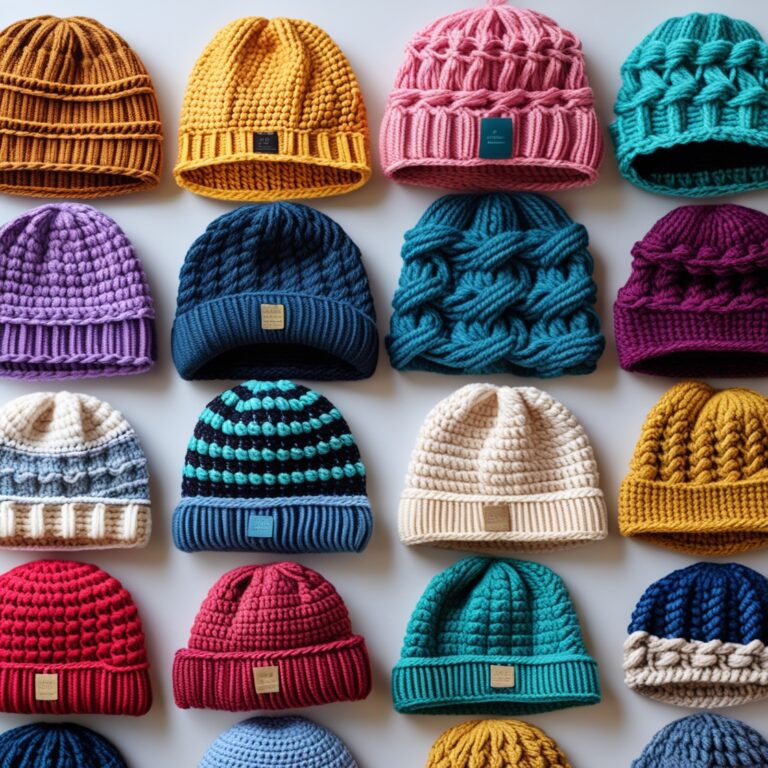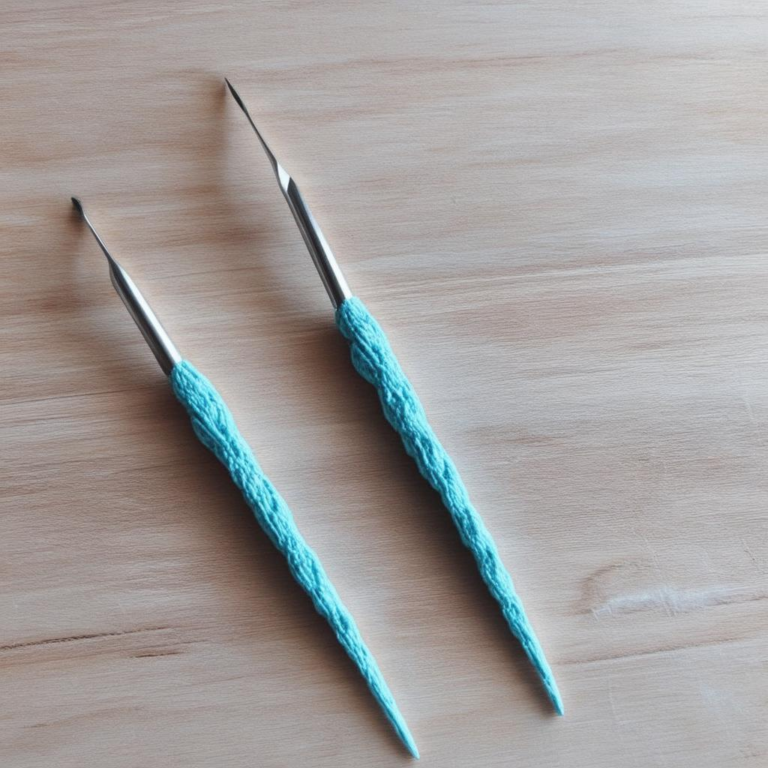[Check out the latest arrivals now!](https://www.amazon.com/s?k=cross stitch chart generator&s=date-desc-rank&tag=smartymode-20)
Best Cross Stitch Chart Generator: Compare & Find Your Perfect Pattern Maker
Creating intricate and stunning cross-stitch pieces begins wiht a good plan, and that plan is typically a well-designed chart. Whether you are a seasoned stitcher looking to digitize your own designs, or a beginner wanting to transform beloved photos into stitchable art, the right cross stitch chart generator can make a world of difference. This article will delve into the considerations for choosing the best pattern maker for your needs, comparing options and providing actionable insights to help you start your next stitching project with confidence.
[Explore Top Rated cross stitch chart generator on Amazon.]
Understanding the Need for a Cross Stitch Chart Generator
Before diving into the specifics, letS understand why a cross stitch chart generator is essential for many stitchers:
Simplifies Pattern Creation: converting complex images or ideas into stitchable grids can be time-consuming and challenging by hand.A generator automates this process. accuracy and Consistency: Chart generators ensure that patterns are consistent, with correct stitch placement and color allocation, which can be challenging to achieve manually.
Creative Flexibility: These tools allow you to experiment with different designs, sizes, and colors easily, encouraging creativity and reducing the fear of error.
Digital accessibility: Having patterns in digital formats means they’re easily stored, shared, and edited, providing a modern and efficient workflow.
Time Saving: Automation allows you to focus on the creativity behind the project without getting bogged down by the manual processes of layout and mapping needed to convert images to patterns.
[Explore Top Rated cross stitch chart generator on Amazon.]
Key Features to Consider in a Cross Stitch Pattern Maker
Selecting a reliable cross-stitch chart generator requires looking beyond basic functionality.Here’s what to evaluate:
1. Image Input and Compatibility
File Formats Supported: Verify that the generator supports common image formats like JPEG, PNG, GIF, and sometimes even more specialized vector formats.
Image Loading Options: Is there an option to upload images directly, copy and paste, or import from other applications?
Image Editing Tools: Dose the generator offer any basic image editing tools like cropping, resizing, rotating, or color adjustments before conversion to a pattern? These can dramatically affect the end result.
Image Quality Impact: Good generators should handle different image resolutions well, with options to manage pixelation and clarity.
2. Pattern Customization and Control
Grid Size and Stitch Count: Look for the ability to control the dimensions of the project. Can you specify the desired width and height in stitches?
Color Palette Management: Is there an option to customize the color palette or auto-select colors based on available floss brands (e.g., DMC, anchor)?
Stitch Types: Beyond basic cross-stitches, does it handle other stitch types like fractional stitches, backstitches, or French knots?
Color Limit: How many colors can the generator handle in a single design, and what does it do with subtle color variations, does it reduce the colors needed?.
Symbol Assignment: Can you customize the symbols used to represent different colors and stitches? This is particularly useful for complex patterns.
Pattern Preview: Is there a real-time preview to see what the pattern will look like before downloading?
3. Ease of use and User Interface
intuitive Design: Is the software or web interface user-pleasant, even for beginners?
clear Instructions and Help Resources: Are tutorials or guides available to streamline the process?
Navigation and Tool Accessibility: Are the relevant design tools easily discoverable and not overly elaborate to use?
Platform Accessibility: Is it compatible with different operating systems (Windows, macOS, Linux) or as a web-based program for accessibility from any device?
4. Output Options and Export Capabilities
Chart Formats: Does it export charts in a file type that you can view and print easily,such as PDF?
Pattern Information: Does the exported chart include critical details,like color keys,backstitch markings,and other essential instructional notes?
Scalability: Can the generator export files in various sizes or with the ability to create printable sections?
Sharing Options: Does it allow for easy sharing with other stitchers or collaborations,if needed?
5. Cost and Availability
Free vs. Paid Options: Are there good free cross-stitch chart generators readily available, or is a paid subscription necessary for advanced features?
Subscription Models: How does the subscription price compare to the features offered, and is it cost-effective?
Trial Periods: Does a paid generator have a trial period or demo for testing before committing to a subscription?
Accessibility from different devices. Is it limited to specific types of devices or is it easily accessed across a variety of platforms?
[Explore Top Rated cross stitch chart generator on Amazon.]
Comparing Popular Cross Stitch Chart Generators
Now, let’s delve into some specific pattern maker options, comparing functionalities and suitability. While there are numerous tools available,these are some of the most frequently accessed and useful options according to user feedback:
1. FlossCross
Overview: FlossCross ([1]) stands out as a free online tool that focuses on ease of use for transforming images into cross-stitch patterns. Notably, it shows a side-by-side view of the source image alongside the generated chart, making it easy to visually assess how the pattern is translating.
Key Features:
Offers straightforward image uploading and conversion.
Presents images alongside the generated chart.
Provides adjustment features for chart size.
Direct access from a web browser.
Free to use.
Pros:
Very user-friendly and easy to navigate.
Excellent preview feature with side-by-side image comparison.
Completely free, making it accessible for all budgets.
Cons:
Limited advanced customization options, such as custom color palettes or stitch types.
The color matching algorithm may sometimes require manual adjustment.
Best For: Beginners or users looking for a quick and easy way convert simple images into cross-stitch patterns without complex customization features.
2. Pic2Pat
Overview: Pic2Pat ([2]) is another free web-based pattern maker designed specifically to create cross-stitch charts from user-uploaded pictures.It prioritizes simplicity,making it an approachable option for beginners.
Key Features:
Free usage.
Focuses on converting photo to pattern easily.
Supports a wide variety of commonly used image filetypes.
Accessible from within a web browser.
User friendly tool for beginners.
Pros:
Easy-to-use interface with no cost.
Suitable for basic image conversions that don’t demand intensive editing.
Streamlined conversion process with a few simple steps.
Cons:
Lacks advanced controls for pattern adjustments.
limited features beyond basic image to cross-stitch conversion.
Best For: Novice users seeking a no-cost, easy tool that simply turns visual images in to stitch patterns.
3. Stitch Fiddle
Overview: Stitch Fiddle ([3]) is a more extensive online tool with both free and paid versions, that is well-regarded within the crafting community.It caters to both cross-stitch and knitting chart design. Also cited by Lord Libidan as a top rated cross-stitch generator [5].
Key Features:
Provides a range of grid-based layout options, including color options, stitch count options, and pattern styles.
Supports multiple stitch types beyond basic cross stitch.
Provides a detailed user interface with more customization options.
Available on all standard operating system through a web-browser interface.
Pros:
Highly versatile with great functionality.
Excellent for complex designs which include many stitch styles and pattern types.
Regularly updated.
free version is available.
cons:
Advanced features require a premium subscription.
The interface has a learning curve for new users.
Best For: Users who need more versatility in their stitch patterns and design options, and advanced users who want a more comprehensive creative suite.
4. Wolfram Cloud Cross-stitch Pattern Generator
Overview: The wolfram Cross-stitch Pattern Generator ([4]) is a unique tool accessible via the Wolfram Cloud. It leverages data processing capabilities to convert images into cross-stitch patterns.
Key Features:
High powered algorithm that reduces color while preserving image clarity.
Built on Wolfram’s computational platform, it has robust cloud support. Optimizes pattern design for stitching with color simplification.
Accessible from any standard device with a web browser.
Free and easy to use for basic conversions.
Pros:
Color reduction and intelligent algorithm use.
scalability for large patterns and images.
Cloud based service for cross platform access.
Advanced user tools for optimal results.
Cons:
May not have a very user friendly interface for beginners. Limited stitch type options
Best For: Users who need robust pattern management and require intelligent design results. Especially suitable for users who need to scale large scale images and complex designs.
[Explore Top Rated cross stitch chart generator on Amazon.]
Choosing the Right Tool for Your Needs
Selecting the correct cross stitch chart generator involves considering your project complexity, skill level, and budget in addition to the functionality mentioned above.
For Beginners: If you are just starting out, free and simple tools like FlossCross or Pic2Pat will likely be the better options. These tools prioritize ease-of-use, minimizing the learning curve and they provide a great starting points.
For Hobbyists: Intermediate users may look for more versatile tools like Stitch Fiddle, which offer greater freedom to edit and custom design patterns and provide more robust pattern design options. For Professionals: Advanced cross-stitch designers who need robust design features, higher image resolution handling, or more advanced export options, may need a more powerful solutions like the Wolfram generator that may involve a subscription or is part of a larger design suite.
Consider what is crucial to you. Do you need something quick and easy, or something that allows for more creative control? It’s advisable to look at demos or free trials of some of these more feature-rich software suites to determine if they meet your needs.
[Explore Top Rated cross stitch chart generator on Amazon.]
Tips for Using a Cross Stitch pattern Maker Effectively
No matter which generator you settle on, here are several tips to help you maximize its utility:
Start With High-Quality Images: The quality of your source image directly impacts the outcome, so try to start with clear, well defined pictures with good resolution.
Scale Correctly: Always specify the correct stitch size or dimensions to ensure that your pattern will fit accurately on your chosen fabric count and size.
Test Small Sections first: Before you committing to a full piece, test a portion of the pattern, to determine is the colors and stitch types are optimal.
Pay Attention to Detail: Be aware of small details in the image, such as subtle color variations that might need to be adjusted to be optimal for cross stitching.
Use the Preview Features: Always check the preview of the generated chart and verify it looks optimal before downloading the finalized patterns.
Color Management: Be aware of limited color option and be prepare to compromise, or reduce colors in an image that will result in a better final converted pattern.
Be Patient with Complex images: Very intricate images or photos may require multiple conversion attempts or modifications to arrive at a perfect stitch pattern.
* Review User Manuals: When you get new software make sure to utilize all the learning resources that it may offer; most software packages come with tutorials and instructionals.
[Explore Top Rated cross stitch chart generator on Amazon.]
conclusion
Finding the right cross stitch chart generator can significantly enhance your crafting endeavors from initial brainstorming to project completion. From simple web-based tools for basic conversions to advanced suites offering complex design options, understanding your own needs is critical to selecting the perfect fit. By thoroughly evaluating the features, ease of use, and cost-effectiveness of each tool, you can ensure that your creative projects achieve peak results. Utilizing some of the resources outlined above will have you creating beatiful cross stitch projects in no time. Remember that practice makes for excellent results, so be sure to enjoy the process of learning the best tool for each project.
[Shop budget-friendly options now!](https://www.amazon.com/s?k=cross stitch chart generator&s=price-asc-rank&tag=smartymode-20)

